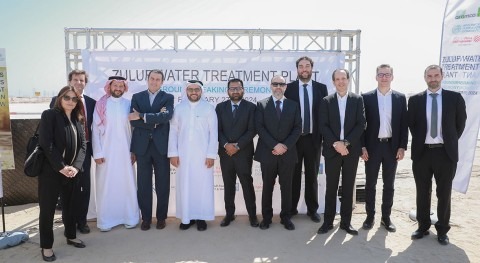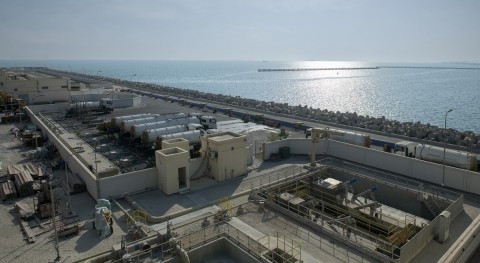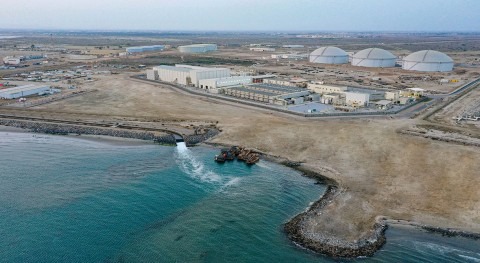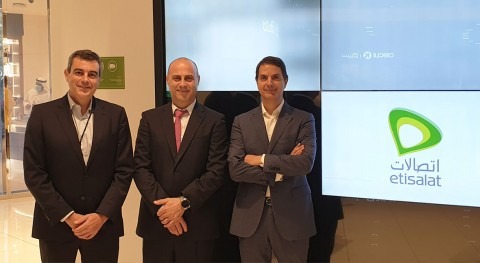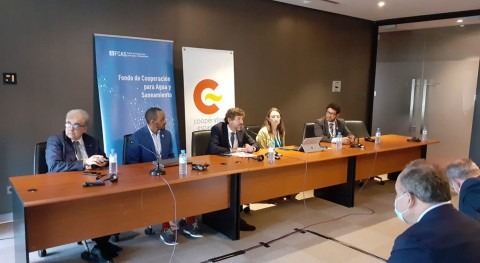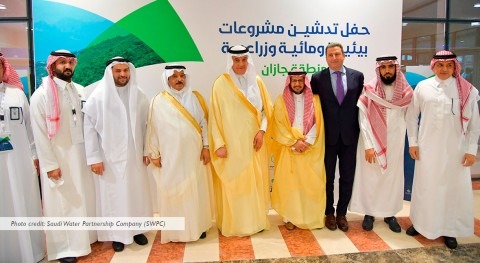Globally, tourism is one of the fastest-growing and most profitable economic sectors. According to the United Nations World Tourism Organization (UNWTO), tourism has not stopped growing since 1950, after World War II, when there were 25 million tourists. 68 years later, this number has increased by a factor of 56, to 1.4 billion international tourists per year.
International tourist arrivals (overnight visitors) worldwide grew by 4% in 2019 to 1.5 billion, according to data reported by destinations around the world. 2019 was a year with significant growth, although somewhat slower compared to the exceptional figures in 2017 (+7%) and 2018 (+6%). Demand was slower mainly in the advanced economies, particularly in Europe.
Almar Water Solutions, aware of the need for quality drinking water in tourism areas, signed the acquisition of Ridgewood Egypt
All regions enjoyed an increase in arrivals. The Middle East (+8%) led the growth, followed by Asia and the Pacific (+5%). International arrivals in Europe and Africa (both +4%) increased in line with the world average, while the Americas recorded growth of 2%. In terms of major markets of origin, France recorded the largest increase in international tourism spending among the top ten markets, while the United States led growth in absolute terms.
.jpg)
However, in 2020, tourism has been one of the sectors hit hardest by the COVID-19 pandemic. Since 2000, global travel and tourism revenues have tripled, and the sector now contributes 10.4% of the world's gross domestic product (GDP), providing one in ten jobs worldwide. In mid-April 2020, international travel companies came to a standstill. The World Travel and Tourism Council (WTTC) estimates that the travel industry could shrink by more than 30% by 2020 and that 100 million jobs are at risk, with a global loss of up to $2.7 trillion. According to the World Tourism Organization (UNWTO), 100% of tourist destinations have some level of restrictions in place, and 72% of countries have been affected by international travel.
The world will travel again, and the tourism sector will once again have tourists and consume water to carry out its activities
Despite this, historically, demand has always recovered after crises, although the recovery time may vary. The world will travel again, and the tourism sector will once again have tourists and consume water to carry out its activities.
Although tourism is not a large consumer of water (around 2%) compared to agriculture or industry, it is often centered in regions and areas where water scarcity is a reality, creating very specific problems in terms of water consumption:
- Seasonal concentration: tourism peaks coincide with periods when water resources are scarce, especially the summer.
- Geographical concentration on coasts: which are characterized by the scarcity of local resources, especially on islands, and which are normally sensitive natural locations.
- Tourism offerings that are often based on installations that consume an excessive amount of water, with golf courses, swimming pools or water parks.
- Frequent use of undeclared wells: whether for watering lawns and green areas, maintenance of golf courses or other uses (cleaning of facilities, patios, etc.).
These characteristics generate the need for additional infrastructure to transfer water from inland areas of countries or to increase the use of non-conventional water sources such as desalination and reuse.
Desalination is an effective solution for markets like tourism, among others, that require high-quality service and complete reliability
Desalination is an effective solution for markets such as tourism that require high-quality service and complete reliability, and in which customers or governments can afford to pay for it. Tourism can also be a rich source of income for improving the water supply and sanitation systems of local populations, where there are also high concentrations of people, who demand quality 24 hours a day, seven days a week.
.jpg)
The water use for tourism includes a multitude of activities: for rooms, laundry facilities, kitchens, swimming pools, gardens and lawns, cleaning of common areas and others. Water is therefore an essential resource for their daily activities and generates high costs if its consumption is not optimized.
Many tourist areas use seawater desalination plants to cover all of their demand, as is the case in Spain, Morocco and Egypt. In many cases they also have wastewater treatment plants to reduce the impact on the environment, allowing water to be reused for irrigation of landscaping, green areas and other uses.
Highly concentrated water demand for tourism can exceed the renewal rates, compromising the activity’s socio-economic and sustainability
Environmental impacts refer to the interactions between tourism activity and the environment, whose positive or negative effect, along with its intensity, depends on factors such as the volume of tourists, the regulation of the sector, the vulnerability of the environment and the activities carried out, among others. Part of the impact of tourism is associated with the effect on water resources, since tourism activity increases the demand for water, in addition to the production of wastewater. Water consumption related to tourism can sometimes exceed the demand of the local population, and some studies have found that water consumption per tourist per day is two to three times higher than the volume of water consumed per inhabitant per day.
Highly concentrated water demand for tourism can exceed the renewal rates of these resources and therefore compromise the socio-economic and environmental sustainability of this activity. In this scenario and in regard to the intensive use of water resources, the study The water footprint of tourism in Spain indicated that sun and beach destinations are located in areas with scarce water resources, some of which already require intervention to avoid soil salinization. As a result, the use of non-conventional resources such as desalination and wastewater reuse has become a necessary solution.
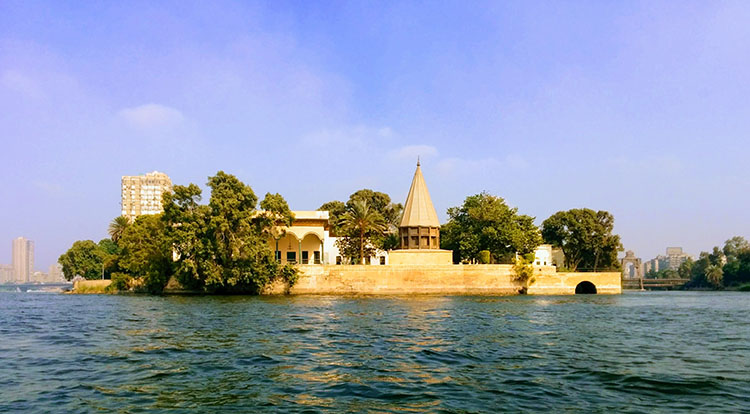
In addition, desalination has been proven to be the treatment process that best balances the quality of the water produced with the implementation and operating costs. Another reason for the widespread implementation of this system is its versatility in terms of production flows; in other words, it is easier to expand its capacity if necessary, especially in coastal areas with variable tourism, where use is usually more intense in summer.
Today, there are more than 21,000 desalination plants around the world designed for different uses. With a CAPEX of 15.24 billion dollars and a contracted capacity of 5.42 million cubic meters/day by 2020, desalination has become a mature technology that has managed to produce very high-quality drinking water on all five continents of the planet.
Although tourism is not a large consumer of water, it is often centered in regions and areas where water scarcity is a reality
Almar Water Solutions, aware of the need for quality drinking water in tourism areas, recently signed, through the joint venture created with Hassan Allam Utilities, the acquisition of the company Ridgewood Egypt, which has 58 desalination plants along the entire Egyptian coast. These plants mainly serve the tourism and business sectors, which are very widespread in the area, and where Almar Water Solutions intends to continue promoting its development with efficient operation and the creation of new water infrastructure projects.
The company has been committed from the very start to non-conventional water sources to provide quality water in sufficient quantities in all those areas that have a need for the resource, whether for municipal, agricultural, industrial or urban use. Several projects are currently under development, such as the Shuqaiq 3 desalination plant in Saudi Arabia, or are already in operation and are being maintained, like the Muharraq treatment plant in Bahrain.




